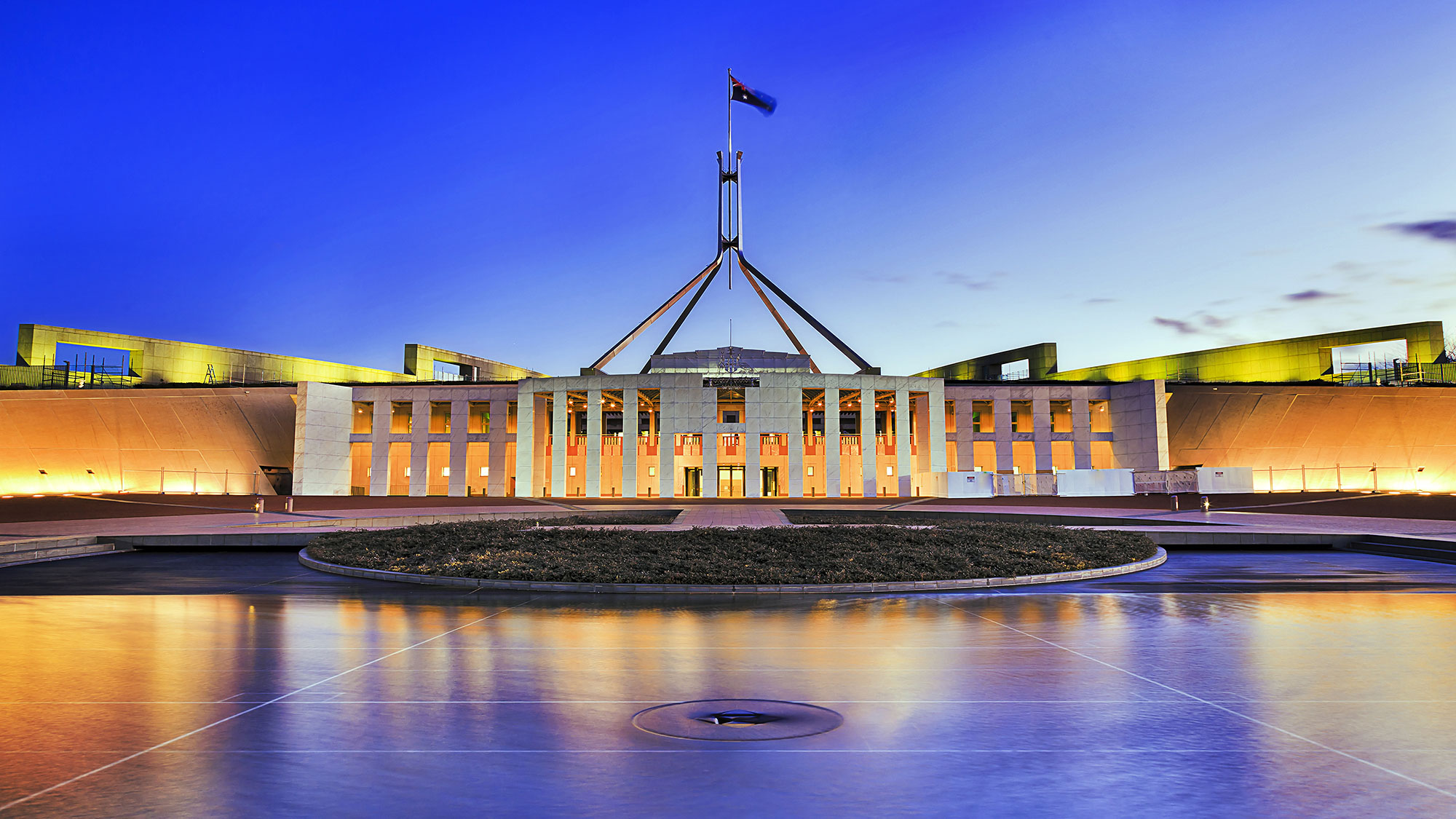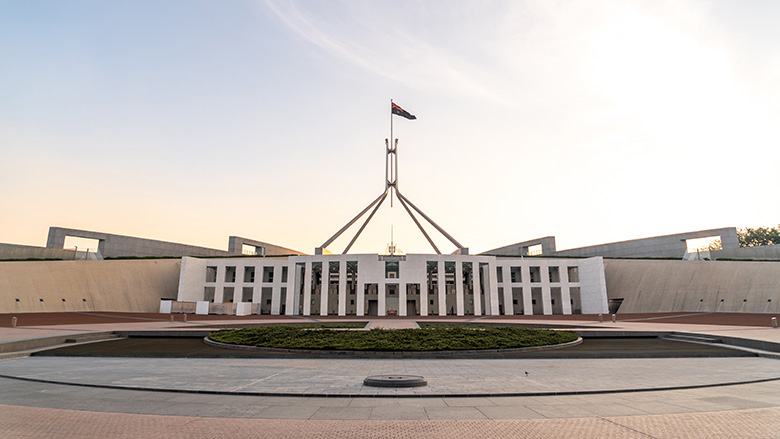Specifically, the issues caused by the Russian invasion of Ukraine in respect to coking coal and thermal coal and Chinese demand for iron ore will help keep prices higher for longer than the forecasts included in the Budget papers.
‘Our main point of difference is the timing when prices will normalise from the disruption to Russian commodity supply following the Ukraine conflict,” says Vivek Dhar, the CBA Mining & Energy Economist and the CBA Research team. “The Budget assumes normalisation to long term prices will take place in the third quarter of 2022.
“We think prices will take a lot longer to normalise, especially for commodities that Russia is a key supplier in. The Budget acknowledges upside risks to its outlook given the risk of further disruptions to commodity supply from Russia.”
For the main commodities, which are a key input into nominal GDP forecasts, CBA’s analysis expects:
- The outlook price of iron ore per tonne is significantly lower in the Budget, which forecasts a fall to US$55-60 per tonne by the end of Q3 2022 compared to a CBA expectation of prices falling to that same level by late 2028/2029. Spot prices are currently trading at higher than sustainable prices, says the CBA team, as policymakers in China show support for their commodity-intensive economy, though these are likely to come off later this year as steel output cuts are implemented as part of the country’s emission reduction efforts;
- A greater premium for coking coal than the fall in price per tonne of US$130 by Q3 2022 as plumbed into the Budget forecasts given that Russian exports account for 10 per cent of the global seaborne market. This will take years to replace fully if the current disruption continues;
- Similarly higher on-going prices over the outlook period for thermal coal since Russian supplies account for 15 per cent of the world’s seaborne market. The Budget is forecasting a fall in the price per tonne to US$60 by Q3 2022. Replacing Russia’s exports will be “challenging” given the underinvestment in the sector over the last few years;
- As for the oil price, the Budget outlook is similar to CBA’s for 2022/23, but then drops just below the team’s forecast for later years with a Treasury assumption of a fall to US$100 per barrel by Q3 2022. This will be a consequence of actual and perceived cuts to Russian oil supply, given the country is responsible for around 5 per cent of global oil consumption.




